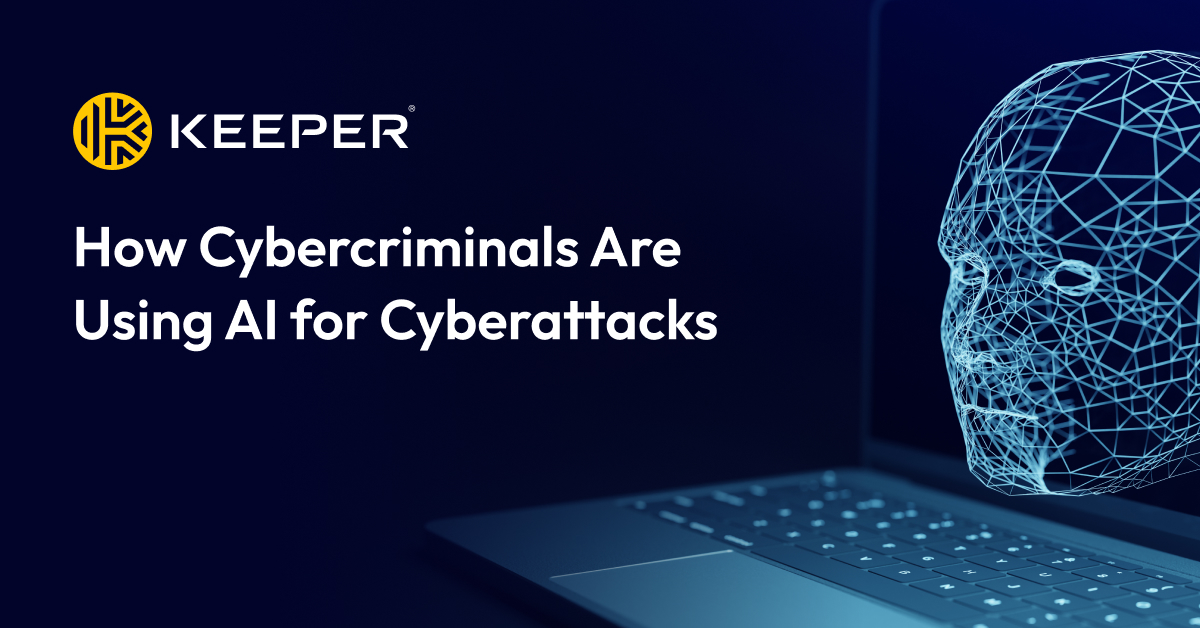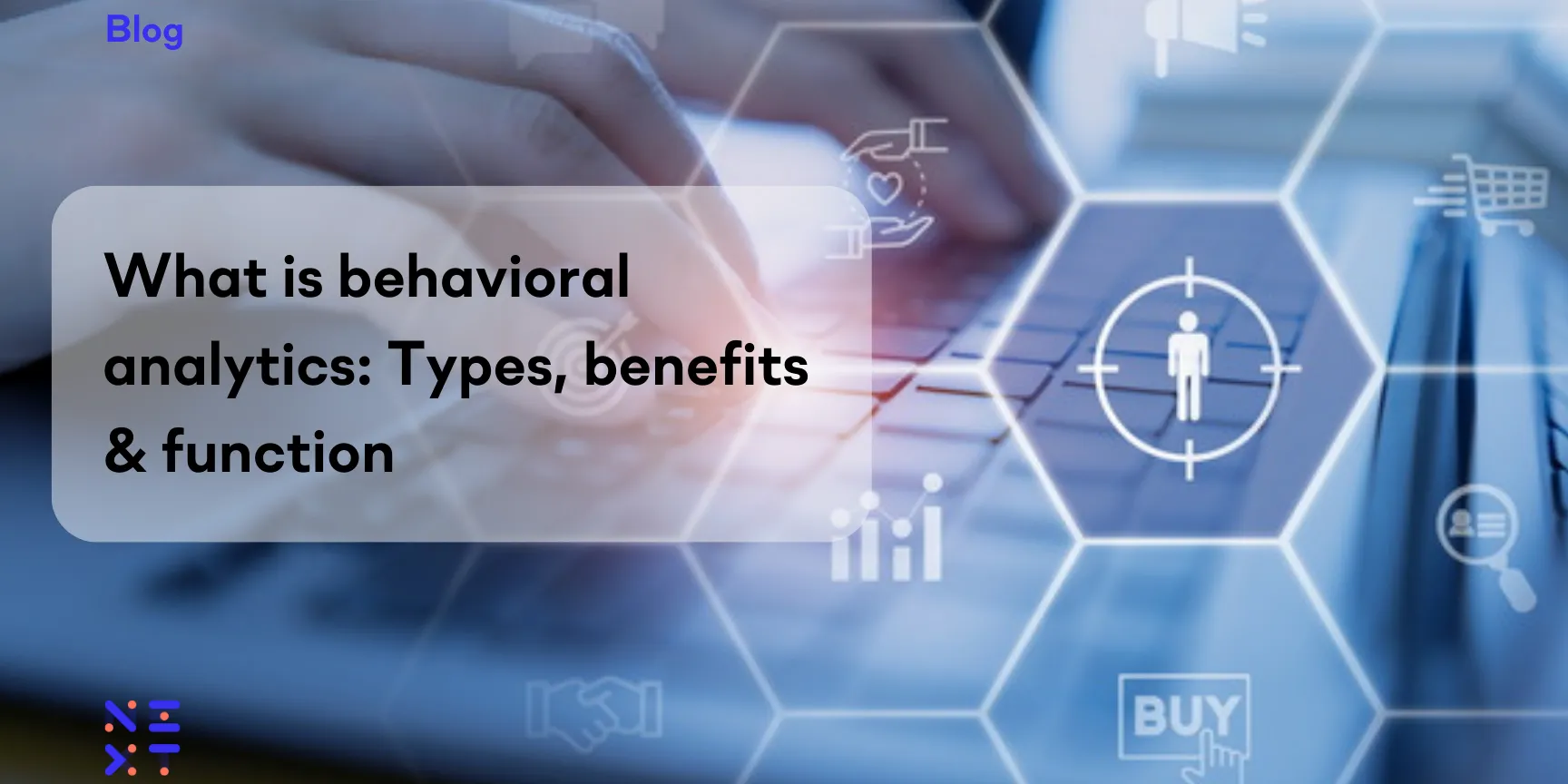Ethical Hacking:
- Ethical hacking refers to legal and authorized attempts to discover vulnerabilities in systems, networks, or applications.
- The objective is to improve security through preventing unauthorized access and data protection.
- It is also known as "white-hat hacking."
Cybercrime:
- Cybercrime is illegal activity on the internet or other digital environment whose main aim is stealing, exploiting, or destroying data or systems.
- It involves hacking, fraud, identity theft, and malware.
- Generally, it's called "black-hat hacking" when it involves unauthorized system invasion.
2. Intent
Ethical Hacking :
- To protect systems, prevent unauthorized data access and enhance security.
- The ethical hackers are motivated by professionalism, legal contract, and often compensation.
Cybercrime:
- To steal, damage, or manipulate data for personal or financial gain, revenge, or political motives.
- Cybercriminals are motivated by greed, malice, or activism (hacktivism).
3. Legality
Ethical Hacking:
- Done only with explicit permission from the owner of the system (companies, organizations).
- In full compliance with laws and regulations.
- Often executed as part of penetration testing or security audits.
Cybercrime:
- Always illegal and punishable according to cybersecurity laws worldwide.
- This involves unauthorized access, fraud, or malicious activity.
4. Techniques
Ethical Hacking:
- Utilizes the same tools and techniques as cybercriminals, but with permission.
Examples:
- Vulnerability scanning.
- Penetration testing.
- Social engineering (with permission).
- Ethical exploitation to test defenses.
Cybercrime:
- Techniques are often similar to those of ethical hackers but used maliciously.
Examples:
- Phishing.
- Distributed Denial of Service (DDoS) attacks.
- Malware and ransomware deployment.
- Data breaches and theft.
5. Tools Used
Ethical Hacking:
- Tools such as Metasploit, Wireshark, Nmap, and Burp Suite for identifying and fixing vulnerabilities.
Cybercrime:
- Similar tools, but used for malicious purposes:
- Keyloggers.
- Malware (e.g., Trojans, worms).
- Exploit kits.
6. Role in Society
Ethical Hacking:
- Protects people, organizations, and governments from cyber threats.
- Assures regulatory compliance, for example, GDPR, HIPAA.
Cybercrime:
- Leads to loss of money and reputation and theft of data of individuals and businesses.
- It breaks the trust of people with technology and online services.
Examples
Ethical Hacking:
- A company hires a certified ethical hacker to test the penetration of its network.
- A government agency contracts ethical hackers to secure its systems against cyberattacks.
Cybercrime:
- A hacker deploys ransomware to lock an organization's data and demand money for the release of such data.
- An attacker uses phishing emails to steal login credentials and commit identity theft.














